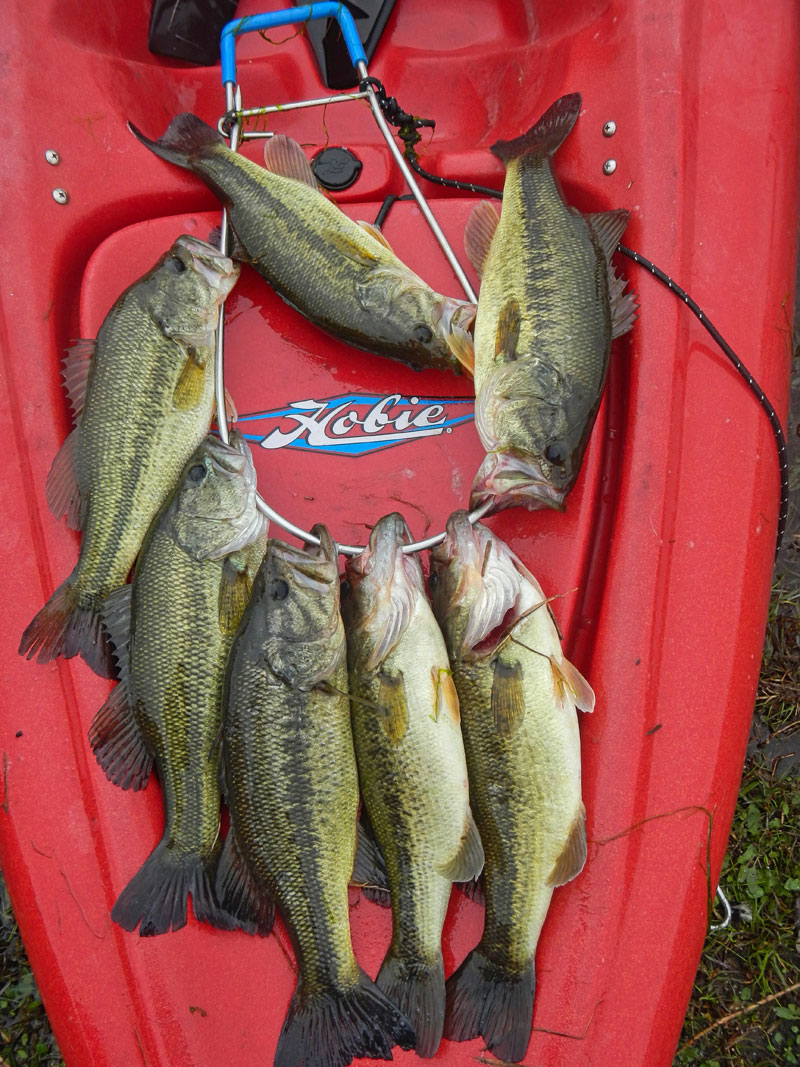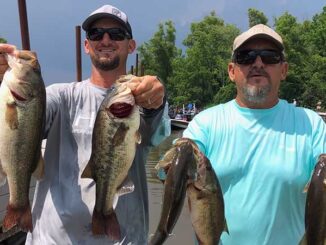
Paddle up some ducks and fish on the same trip this fall
Pirogues have long been used to hunt ducks in the Louisiana marsh. In the old days, we didn’t call it cast-and-blast, but we made the most out of our duck-hunting trips by bringing along some fishing gear. When the birds quit flying or we had our limits — yes, that actually used to happen regularly — we’d pick up our decoys and then shift the pirogue into fishing mode.
Today’s modern fishing kayaks offer the same stealth and low-water capabilities as a pirogue but add much more stability, weight capacity and comfort. Camouflage kayaks are available and ready to serve double duty as fishing and hunting vessels. Brightly covered ‘yaks can easily be hidden using natural vegetation, camouflage cloth and/or a commercially available camouflage cover. Of course, kayakers are notorious for DIY projects, and many have designed improvised kayak blinds to hide from the ducks. Check out YouTube for many examples.
Duck hunting
Beginning in September, the weather starts to moderate, with weak cool fronts becoming stronger and more frequent. Opportunities for cast-and-blast sessions begin Sept. 11 as teal season opens through Sept. 26. Take advantage of these days to maximize your time afield and collect some great groceries. Regular duck season begins in November and runs intermittently into January. This offers plenty of time to plan for a mixed trip.
Most duck-hunting opportunities are on privately owned land, leases or publicly accessible management areas. Of course, we are all too familiar with the increased claiming of many tidal waters as being private property. Do a little research and make sure of the status of where you plan to hunt or fish to avoid any confrontations.
If you don’t have access to a private hunting area, the best bet is to find one of the many Wildlife Management Areas or federal wildlife refuges that allow both activities. Most public-hunting areas do not allow permanent blinds, and hunting locations are first-come, first-served. Make sure to check the regulations thoroughly as these areas often have special season dates and other use restrictions.
What to bring
A reduction in what you normally take along on a single-pursuit outing is necessary. Plan your trip to bring the least gear necessary for both activities. Your ’yak gets pretty crowded if you bring a full load of your usual items.
For hunting, get a quality, waterproof, floating gun case for protection of your firearm when the day turns to fishing. Bring just a few decoys; do without the robo-duck for a day and leave other items home that are not absolutely necessary.
Also, there is no need for several tackle boxes. A handful of your favorite lures stuffed into one small box should be sufficient. Also, lose the full quiver of rods and reels and bring just one quality combo. While I generally don’t use 2-piece rods, they work well in these situations and can easily be stowed inside most kayak hulls while hunting.

Duck hunting requires camouflage clothing, but there is no reason why you can’t wear the same clothes for fishing. Bring only what you absolutely need to ensure a productive trip.
How to double up
In general, the best duck hunting comes as the day breaks and into the early morning hours. However, as the weather cools, fishing heats up as the sun gets higher and the water temperature rises a few degrees. This symbiotic relationship between hunting and fishing works well and allows sportsmen to participate during prime time for both activities on a single trip.
The good news is that ducks and fish are generally in the same areas. Be it redfish and bass in the marsh or bass in the freshwater areas further north, there’s usually something to fish for unless you are hunting agricultural ponds.
If hunting the marsh, look for fish in ponds with multiple entrances/exits. While hunting, keep an eye on the sky, but make regular checks to see what is going on in the waters around you. In these shallow areas, fish often give off signs of their presence, especially redfish. Visible fins, wakes, fleeing bait and wind and current lines all point to areas to search for fish.
We have often encountered redfish in our decoys and have even made a few successful casts from the blind on slow duck days. When moving around, those permanent duck blinds that make hiding places for hunters also serve as ambush spots for fish. Never pass up casting at a duck blind. If it is in open water, cast around all sides.
Give a combined kayak fishing and duck hunting trip a try. It opens up new opportunities to maximize your time in the field and is quite literally a blast.


